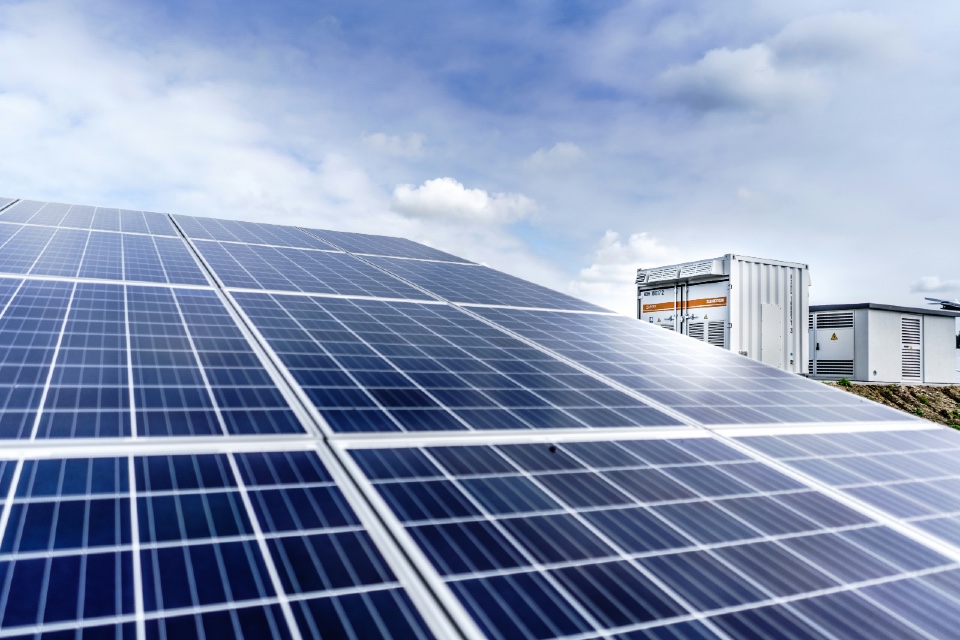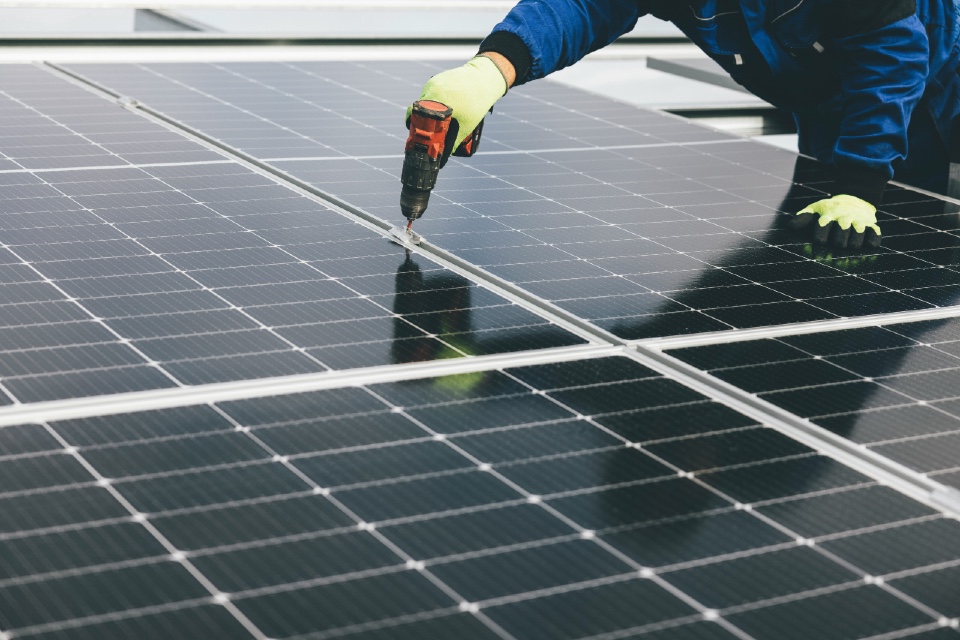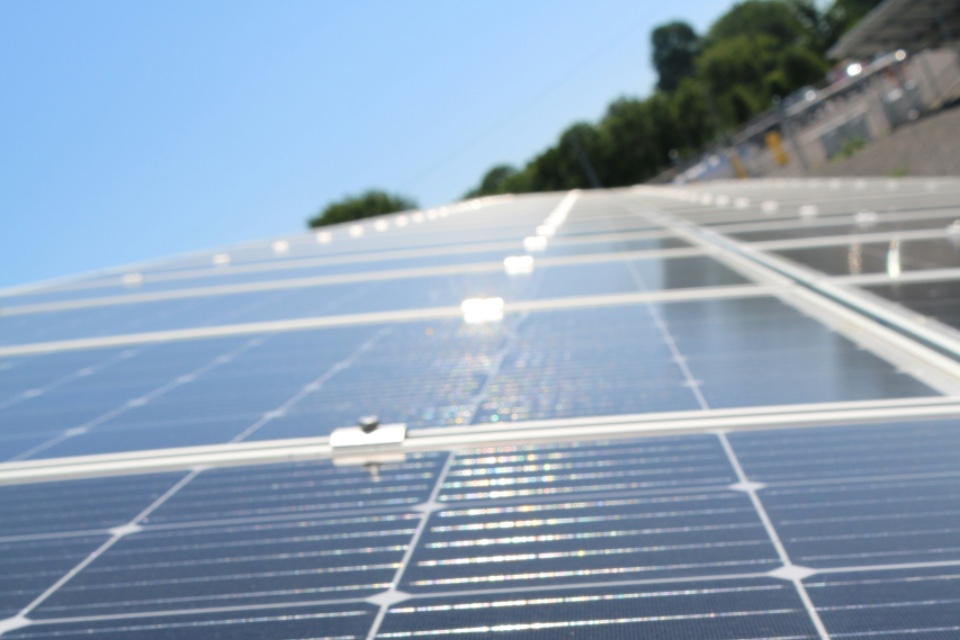Solar PV is emerging as one of the most accessible and scalable renewable technologies for both public and private sector estates. Adoption is being reshaped by a combination of government policy, falling technology costs, and integration with wider sustainability strategies…
Policy Support and Regulation
The government’s net zero roadmap, alongside measures such as the Contracts for Difference (CfD) scheme and tax incentives for green investment, continues to boost solar’s attractiveness. Local authorities are also embedding solar into planning requirements for new developments, while the public sector is under pressure to lead by example through estate decarbonisation.
At the same time, the introduction of Streamlined Energy and Carbon Reporting (SECR) requirements and the tightening of energy efficiency standards are pushing organisations to demonstrate tangible action, making on-site solar a visible and auditable step towards compliance.
Technology Maturity and Falling Costs
The economics of solar PV have shifted dramatically over the past decade. Module prices have fallen, conversion efficiencies have improved, and innovations such as bifacial panels and building-integrated photovoltaics (BIPV) are unlocking new deployment opportunities.
Battery storage costs have also declined, enabling organisations to pair solar with storage for greater flexibility, reduced peak demand charges, and improved resilience during grid disruption. For energy managers, this means solar is now a strategic tool for cost optimisation.
Market Demand and Corporate Commitments
With corporate ESG commitments under intense scrutiny, demand for solar has surged across retail, logistics, manufacturing, and education sectors. Solar installations are seen as a highly visible way to demonstrate progress to stakeholders, from investors to students.
Procurement teams are also beginning to prioritise supply chain responsibility in solar projects, looking beyond generation capacity to assess lifecycle carbon impacts, ethical sourcing of materials, and end-of-life recycling.
Integration with Net Zero Strategies
Solar PV is increasingly part of integrated energy strategies, combining with heat pumps, EV charging infrastructure, and smart building systems. By aligning generation with consumption patterns, organisations can maximise self-consumption, reduce reliance on the grid, and participate in demand flexibility schemes.
Looking Ahead
Solar PV is becoming mainstream infrastructure for estates. Supported by policy, enabled by technology, and driven by corporate net zero goals, solar is reshaping how organisations think about energy. For senior energy managers, the challenge now is not whether to invest, but how to integrate solar strategically for long-term resilience and sustainability.
Are you searching for Solar PV solutions for your organisation? The Energy Management Summit can help!
Photo by Sungrow EMEA on Unsplash




